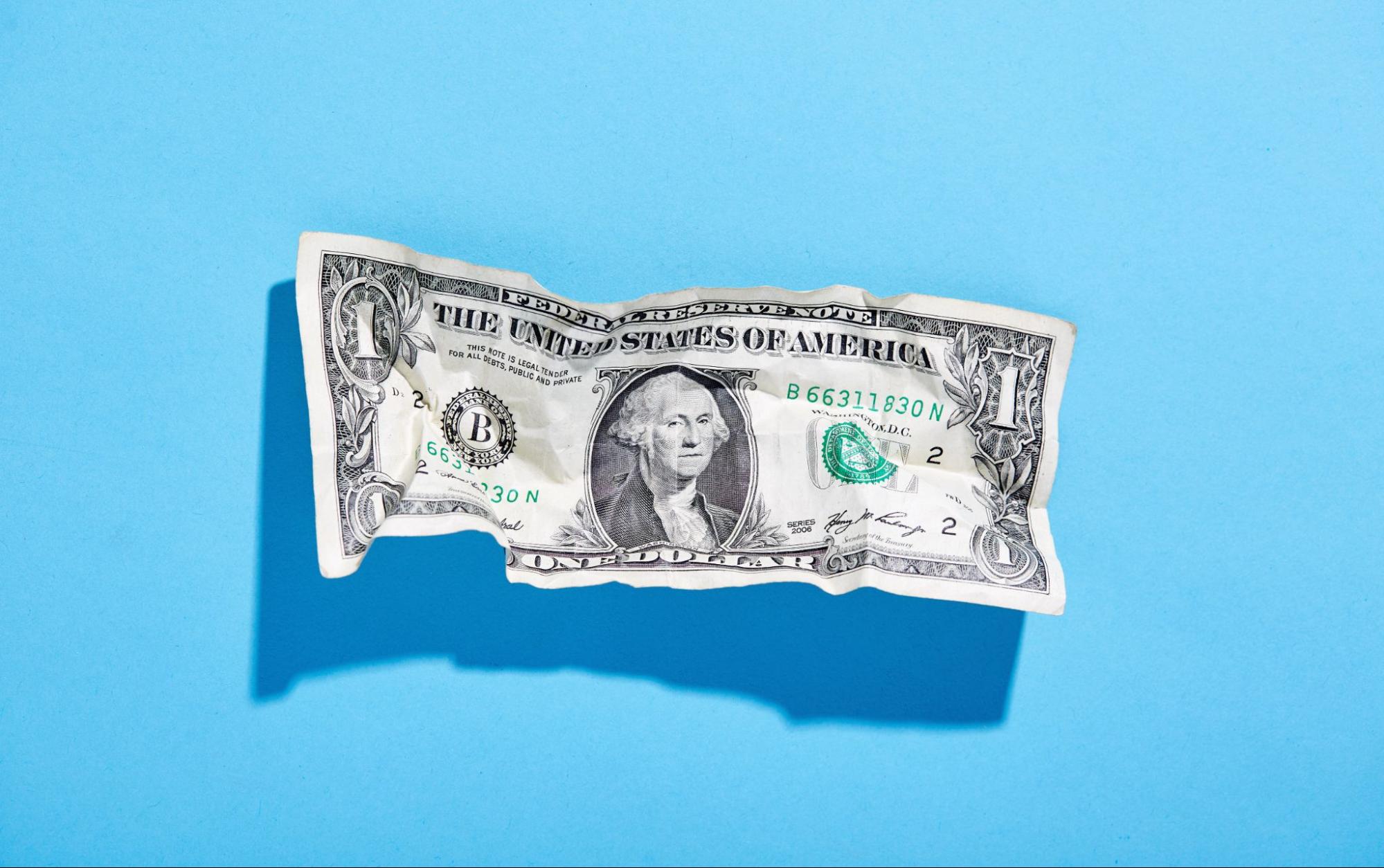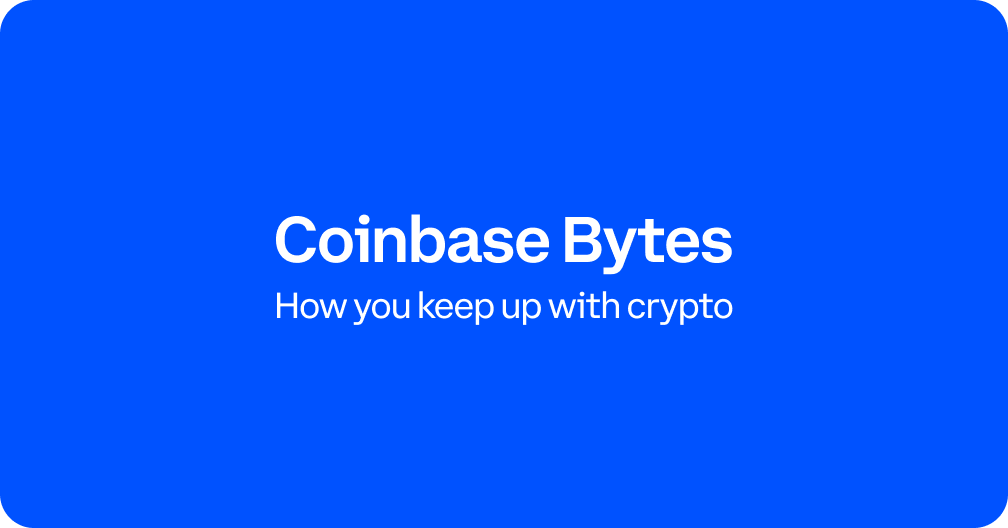What is the Ethereum merge, exactly?

Ethereum co-founder Vitalik Buterin says the blockchain will fully transition to proof of stake this August. [Image courtesy of Liam Cobb]
Here’s what you need to know this week:
Ethereum’s biggest-ever upgrade is coming in August. We’ll explain Ethereum’s long-awaited “merge” and what it means for you.
Despite a strict ban, crypto mining has returned to China. Last summer, China exiled crypto miners, so how are they staging a comeback?
Noteworthy numbers. The wild amount of BTC spent on two large pizzas in May of 2010. Plus, other key stats to know.
2ETH 2FURIOUS
Ethereum’s long-awaited “merge” upgrade is scheduled for this summer
Amid all the market turmoil, there’s one major crypto development on its way that’s been flying a little under the radar: Ethereum’s long-awaited “merge” (sometimes known as ETH2), which Ethereum co-founder Vitalik Buterin says should happen in August. It will move Ethereum from the energy-intensive “proof of work” system it currently uses to a “proof of stake” system that promises to make the network 99% more efficient while also increasing security and processing speeds. The merge is a complicated, years-long technological endeavor that’s seen countless delays. Here’s why it matters so much.
Proof of work is the original crypto “consensus mechanism,” originating with Bitcoin, that allows many computers across a decentralized network to agree on which transactions are legitimate — and is also the process Ethereum currently uses to create new coins. It requires a huge amount of processing power, which is contributed by virtual “miners” around the world who compete to solve a time-consuming math puzzle. The winner gets to update the blockchain with the latest block of verified transactions, and is rewarded with a predetermined amount of new ETH.
In the wake of vastly increased network traffic due to innovations like DeFi and NFTs, proof of work’s bandwidth limitations have caused bottlenecks — and unpredictable spikes in transaction fees (also known as gas). Enter proof of stake. Proof-of-stake blockchains — which are used by low-fee ETH alternatives like Solana and Avalanche — are designed to be faster, less resource-intensive, and theoretically more secure. Instead of requiring energy-intensive miners, proof-of-stake networks rely on “validators” that contribute their own ETH to a “staking pool” in exchange for a chance of updating the blockchain with the latest block of verified transactions, earning newly minted tokens, and pocketing a share of transactions fees. (Learn about staking via Coinbase.)
So what exactly is being merged? Ethereum’s upcoming upgrade will combine the current proof-of-work blockchain with a proof-of-stake blockchain called the Beacon Chain, which has been running since 2020. Right now all you can do on the Beacon Chain is stake your ETH. But hundreds of thousands of validators have already staked more than 10 million ETH — and with the upgrade, the Beacon Chain will merge with the existing proof-of-work chain and begin taking over the work of validating new transactions and issuing new ETH.
Buterin says that the merge should happen in August, at which time Ethereum’s proof-of-work blockchain is scheduled to begin degrading — a milestone known as the “difficulty bomb.” After this date, the proof-of-work blockchain will begin operating more slowly, which is meant to incentivize existing miners to become validators on the new blockchain. That said, the merge has been in the works since 2015 and has seen numerous delays over the years. In the event of testing issues, Buterin said the merge could be forced to be delayed once more.
Why it matters... Ethereum’s smart-contract compatible blockchain powers everything from DeFi to Bored Ape Yacht Club — but the tsunami of resulting traffic has bogged down the network, causing fees to soar and inspiring a host of new competitors. Which is why the merge is one of the most anticipated technological events in the history of crypto. Post-merge, Ethereum’s developers are gearing up for a series of changes that will even further transform the second-biggest cryptocurrency by market cap, including splitting the network across 64 “shard” blockchains, which should mean vastly increased transaction speeds — and much lower fees.
MINER THREAT
China officially banned crypto last summer, but it didn’t stay banned for long
Last summer, China ramped up enforcement of strict laws prohibiting crypto, including the country’s vast crypto mining industry. In just a few weeks, the Bitcoin network’s total mining power was cut in half as thousands of Chinese miners unplugged. But less than a year later, Bitcoin’s mining power is hitting new all-time highs — and, surprisingly, data from the University of Cambridge suggests that the world’s second-largest economy is once again a top crypto mining hub. How did this happen? It turns out that circumventing the mining ban is just one of the ways Chinese citizens are using crypto technology and NFTs to resist censorship. Let's dig in.
After China’s crackdown, the U.S. has become the number one hub for mining, hosting nearly 40% of global miners. But despite the ban, mining in China has persisted and potentially even rebounded — and still likely accounts for nearly 20% of global mining activity. Because of the permissionless nature of the global Bitcoin network, guerilla miners seem to have found ways to avoid detection — including using off-grid electricity sources like hydropower produced by small dams that aren’t connected to the main grid.
The Wall Street Journal recently reported that Chinese citizens are using NFTs to circumvent censorship by preserving sensitive info — including “Voices of April,” a vast trove of social posts, videos, and more documenting people’s experiences enduring punishing COVID lockdowns in Shanghai. NFTs can confer ownership of data, but they don’t actually store the data themselves — so activists are turning to decentralized web protocols like Filecoin’s InterPlanetary File System (IPFS), which scatters many copies of a file across a decentralized global server network. If a censor takes down one copy, many others remain available. IPFS can also be used to circumvent China’s “Great Firewall,” helping residents gain access to millions of books, scientific articles, and banned works. (Even if you live in a less restrictive country, it can be a good idea to store a copy of your NFT data using IPFS.)
Cloudflare, a company that operates some of the world’s most important Internet infrastructure, just announced new tools to make it possible for users to host and serve content on IPFS. IPFS developers also announced a partnership with defense-contracting giant Lockheed Martin to host nodes for the decentralized web on satellites orbiting the earth — allowing rapid space-to-space data transfers, without the need to beam the signal to an earthbound server. Around 2.5 billion gigabytes of highly censorship-resistant data is already hosted on decentralized IPFS servers. That’s the equivalent of tens of thousands of copies of Wikipedia.
What motivated China’s crypto network ban? As an open-source and decentralized monetary system, Bitcoin is generally seen as a threat to China’s control over many aspects of citizens’ lives — and more specifically because it provides a censorship-resistant alternative to China’s new central-bank-issued digital currency, the digital yuan. The digital yuan has hundreds of millions of users and has already been used for billions of dollars worth of transactions — and unlike Bitcoin it gives Chinese authorities complete visibility into users’ finances.
Why it matters… According to one major ranking of economic freedom, China is all the way down at 158 of 177 measured countries — so it’s not exactly surprising that Chinese officials are opposed to decentralized, censorship-resistant, and borderless crypto networks. But unlike all the centralized “Web2” giants — from YouTube to Wikipedia — that are successfully blocked by China’s Great Firewall, crypto and the decentralized web (also known as “Web3”) are much harder to restrict.
NUMBERS TO KNOW
$10 million
Amount that crypto bridge Wormhole sent as a bug bounty to the “white hat” hacker who reported a flaw in the platform’s bridge contract, which is responsible for complex cross-chain transactions, like going from Solana to Ethereum. In January, Wormhole suffered a historic, $323 million hack due to a separate software bug.
#8398
Number of the Bored Ape that actor Seth Green bought last year and intended to use in a partially animated show called White Horse Tavern. An unexpected plot twist? Green’s ape (named Fred Simian) was stolen in a phishing attack, meaning the IP rights that come with his ape are also now gone — complicating Green’s plan to use the character in the show. (Now would be a great time to brush up on security tips.)
10,000 BTC
Amount that Florida programmer Laszlo Hanyecz spent on two large Papa John’s pizzas on May 22, 2010 — the first known IRL crypto transaction. The annual celebration known as Bitcoin Pizza Day serves as a reminder of BTC’s mind-bending growth over the last 12 years. At BTC’s current price around $30,000, Hanyecz could have bought 20 million large pizzas. (At November’s peak near $70,000? 46 million pizzas!)
50
Number of digital-asset bills Congress has introduced to date — addressing subjects including crypto taxation, CBDCs, and funding for blockchain-technology research, according to a Forbes report. Looking to learn more about the future of crypto policy? Check out the newly launched Coinbase Institute, a crypto-native think tank created to inform policy discussions with “rigorous, novel research, and … the best minds across disciplines,” including academics, policymakers, and leaders in the crypto community. (And if you have feedback, you can reach out to coinbaseinstitute@coinbase.com.)
12%
Percentage of U.S. adults holding cryptocurrency in 2021, according to a new 11,000-person survey by the Federal Reserve. The Economic Well-Being of U.S Households report found that 11% held crypto as an investment while 2% had used crypto for a transaction (maybe pizza?).
TOKEN TRIVIA
Who of the following is not an Ethereum co-founder?
A
Vitalik Buterin
B
Eth Ledger
C
Gavin Wood
D
Charles Hoskinson
Find the answer below.
Trivia Answer
B
Eth Ledger











